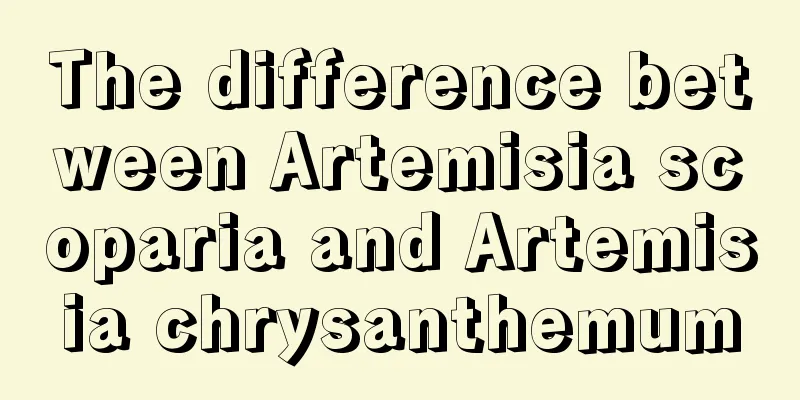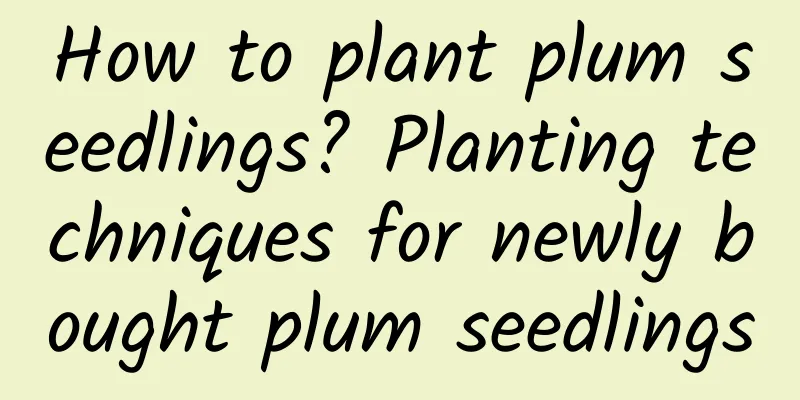When is the best time to plant gourds?

|
The gourd is also called bottle gourd . The young melon can be eaten, and the dried shell of the mature one can be used as a container. It is a common vegetable crop and is planted in many rural homes. So when is the best time to plant gourds? Let’s learn more about it below. When is the best time to plant gourds? Gourds can usually be planted in spring and autumn. Spring planting generally depends on the temperature conditions. In the north, sowing is usually carried out in late March to early April, and autumn cultivation is carried out by direct seeding in the open field in August. Since autumn sowing is in the hot and rainy season, the seedlings grow and develop faster, so the spacing between plant rows should be larger. The planting time in the southern region can be from late March to early April each year. How to plant gourd 1. Seed treatment The skin of gourd seeds is thick and water is difficult to absorb, so they need to be germinated before sowing. You can soak the seeds in 30℃ water for 8 to 12 hours, then wrap the seeds with wet gauze and place them in a 25 to 30℃ area to germinate. They will germinate in about a week, and when the sprouts are about 0.5 to 1 cm long, they can be sown. 2. Planting When the seedlings are 30 to 40 days old and have grown 3 to 4 true leaves, they can be transplanted. Transplanting should be done in the morning or afternoon on a sunny day. Water the seedbed thoroughly before transplanting to prevent damage to the roots. The seedlings can be transplanted with soil. 3. Build the scaffolding at the right time When the plant height reaches about 25 cm, a trellis can be erected to facilitate the vines to wrap around. The vines should be tied in the morning after the dew has dried or in the afternoon to prevent the stems from breaking due to high moisture content. When the main vine grows to about 2 meters, it is pinched to remove the apical dominance and promote the growth of side vines. After the side vines grow and bear fruit, leave two leaves and pinch and tie the vines. After the stem blooms, usually 4 leaves are left and the top is removed. The side vines are handled in the same way. Each branch has 2 female flowers, so just leave one. If there are only male flowers and no female flowers, you can pick them off directly to avoid wasting nutrients. 4. Artificial pollination The fruit setting rate of gourds can be increased through artificial pollination. Generally, after the female and male flowers bloom, on a sunny morning, use a brush to dip pollen from the male flower and then touch the female flower stamens. If bees were available to assist in pollination, the trouble of artificial pollination could be eliminated. Usually, pollination is not needed after the flowers bloom after the Beginning of Autumn. Pollination should be stopped during this period because the gourd has a short growth period and the fruit is shriveled. 5. Water and fertilizer management Gourd is a crop that requires less water and fertilizer in the early stages, but requires more water and fertilizer after fruit setting. Therefore, before flowering, add water and fertilizer according to the growth conditions, stop watering during the flowering period, and apply top dressing in time during the fruit setting period in combination with watering. That’s it |
<<: How to prune sunflowers, pruning method diagram
Recommend
How to slow down the growth of newly bought azalea
1. How to slow down the growth of newly bought az...
Is the red sage poisonous? Can it be eaten?
1. Is it toxic? Its flowers are very brightly col...
How to care for the newly bought flying feather arrowroot
1. Soil The soil requirements of the arrowroot pl...
Potato planting time and method
Potato planting time Potatoes are generally plant...
What are the different species of Cattleya?
Common species of Cattleya Leli Cartland It is a ...
How to raise Purple Moon
1. Breeding environment 1. Pot and soil: The main...
How many years does Longfeng fruit bear fruit?
Introduction to planting Longfeng fruit Longfeng ...
How to Make Tillandsia Bloom at Christmas
Temperature Control This can be said to be the mo...
Which month is the best to plant watermelons?
Watermelon is a very popular summer fruit. Althou...
How to grow coffee orchid
How to raise The flowering period of coffee orchi...
How long does it take for the white jade tiger lily to adapt to the pot
White Jade Tiger Pilan acclimatization time After...
The main value of the king flower
The main value of the king flower: ornamental In ...
Tea Planting Conditions Natural Conditions of the Planting Area
Introduction to Tea Tea leaves are the leaves and...
Christmas cactus has a "small switch". When it is turned on, flower buds will keep popping up and nearly 200 flowers will bloom!
Christmas cactus is one of the few plants that ca...
What fertilizer is suitable for osmanthus trees?
Fertilization time for osmanthus trees The time f...









